Introduction to the Tallest Horse Breeds
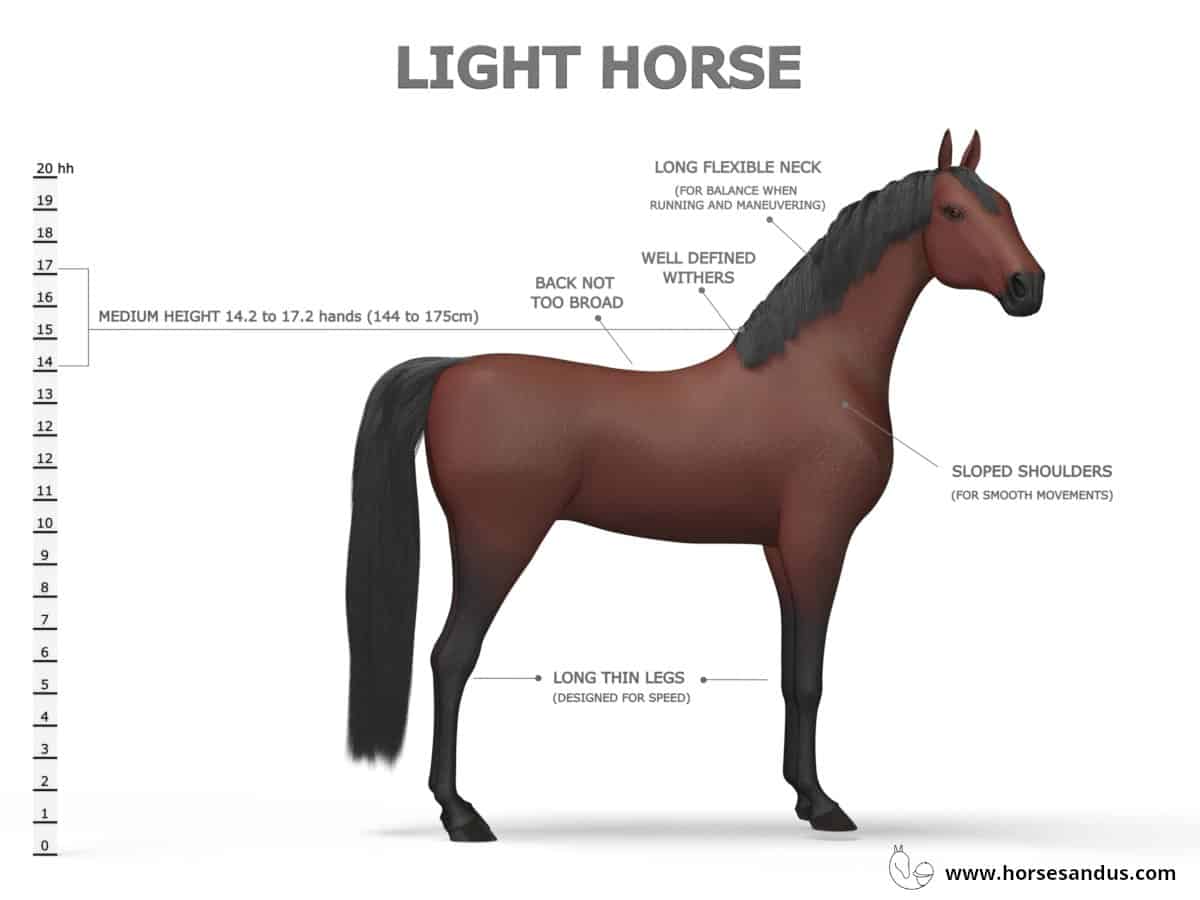
The equine world is full of diverse breeds, each with unique qualities that fascinate horse enthusiasts. Among these breeds, some tower over the rest, captivating onlookers with their remarkable stature and imposing presence. These equine giants are not only icons of strength and power but also gentle, intelligent companions. In this exploration, we delve into the world of the tallest horse breeds, uncovering the magnificence of these remarkable animals.
The honor of the tallest horse breed goes to the Shire. This gentle giant has made history with its impressive size. Here is a quick glance at the towering titans of the horse world:
- Shire Horse: The regal Shire horse stands with a height range of 170-195cm, making it the undisputed tallest breed.
- Clydesdale: Known for their grand size and distinctive markings, Clydesdales are close contenders in the height department.
- Belgian Draft: These robust horses possess not only height but also incredible strength and a calm demeanor.
- Percheron: With origins in France, Percherons offer a blend of height and muscularity, once considered among the tallest.
- Other notable large breeds: Including the Dutch Draft and Suffolk Punch, each breed contributes to the stunning diversity of large horse breeds.
Embodying Equine Majesty: The Shire Horse Legacy
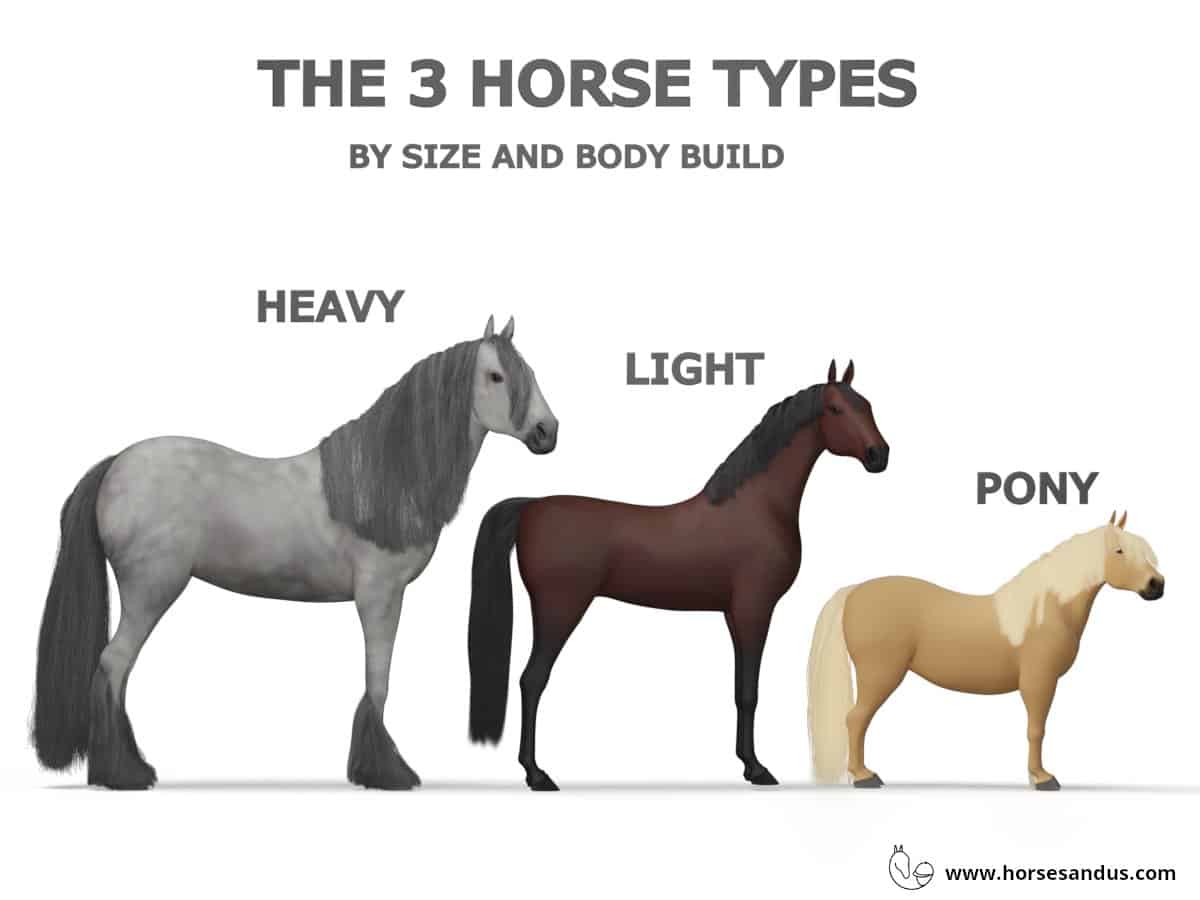
In the annals of equine history, the Shire horse occupies a place of honor, with its legacy rooted in Britain’s agricultural past and its role in warfare. This breed’s impressive stature, which spans from 170 to 195 centimeters, reflects a heritage of selective breeding focused on creating a powerful yet amiable animal. The Shire horse height is emblematic of a balance between great physical strength and a tranquil temperament.
From Knights to Plows: The Shire’s Historical Journey
These British-bred horses were once the steeds of knights, their size providing a strategic advantage on the battlefield. As times changed, their roles evolved to suit the needs of peacetime, becoming indispensable in agriculture and industry. Despite the rigors of their work, Shires retained their calm nature, earning the affectionate title of “gentle giants.”
- Transition of Roles: Shire horses have adapted from medieval battlefields to modern ceremonial roles.
- Temperament: Their gentle nature belies their powerful build and work ethic.
- Contemporary Uses: Shires today are versatile, participating in various shows and therapeutic contexts.
Distinctive Clydesdales: Celebrating Their Unique Stature and Style
While Clydesdales share the limelight with Shires in the realm of tall horse breeds, they are celebrated for their unique characteristics. This breed’s minimum height of 17 hands, or about 173 centimeters, ensures its recognition among the tallest. The iconic white “socks” and feathering of Clydesdales add to their majestic poise, making them beloved by spectators around the globe.
- Recognizable Traits: Clydesdales are celebrated for their unique features, which include their size and distinctive markings.
- Impact on Media: Their striking appearance has made them a favorite in various forms of media, solidifying their cultural presence.
Iconic Stature of Equine Breeds
The tallest horse breed commands attention in any discussion about horse size. Both Shire and Clydesdale horses, with their impressive dimensions and historical importance, are revered as equine marvels. Their combined attributes make them not only symbols of equine grandeur but also a part of our shared heritage.
- Significance in History: The historical importance of the Shire and Clydesdale breeds has contributed to their lasting impact.
- Continued Interest: The fascination with these breeds’ grandeur remains a source of inspiration for many.
Comparing the Giants: Shire and Clydesdale Measurements
Understanding the physical differences between Shire and Clydesdale horses involves a standard measurement method from the ground to the withers. While genetics play a crucial role in their size, proper care and breeding practices have also been instrumental in developing their impressive stature.
| Breed | Average Height (Hands) | Average Height (cm) |
|---|---|---|
| Shire | 17-19.2 | 170-195 |
| Clydesdale | 17+ | 173+ |
These breeds stand as testaments to the power of breeding and caretaking, showcasing the pinnacle of equine size and the enduring fascination with the Clydesdale size and Shire’s towering figure. Their continued esteem in equine circles underscores the remarkable influence of these gentle giants throughout history and into the present day.
Diving Deeper into the World of Large Equine Breeds
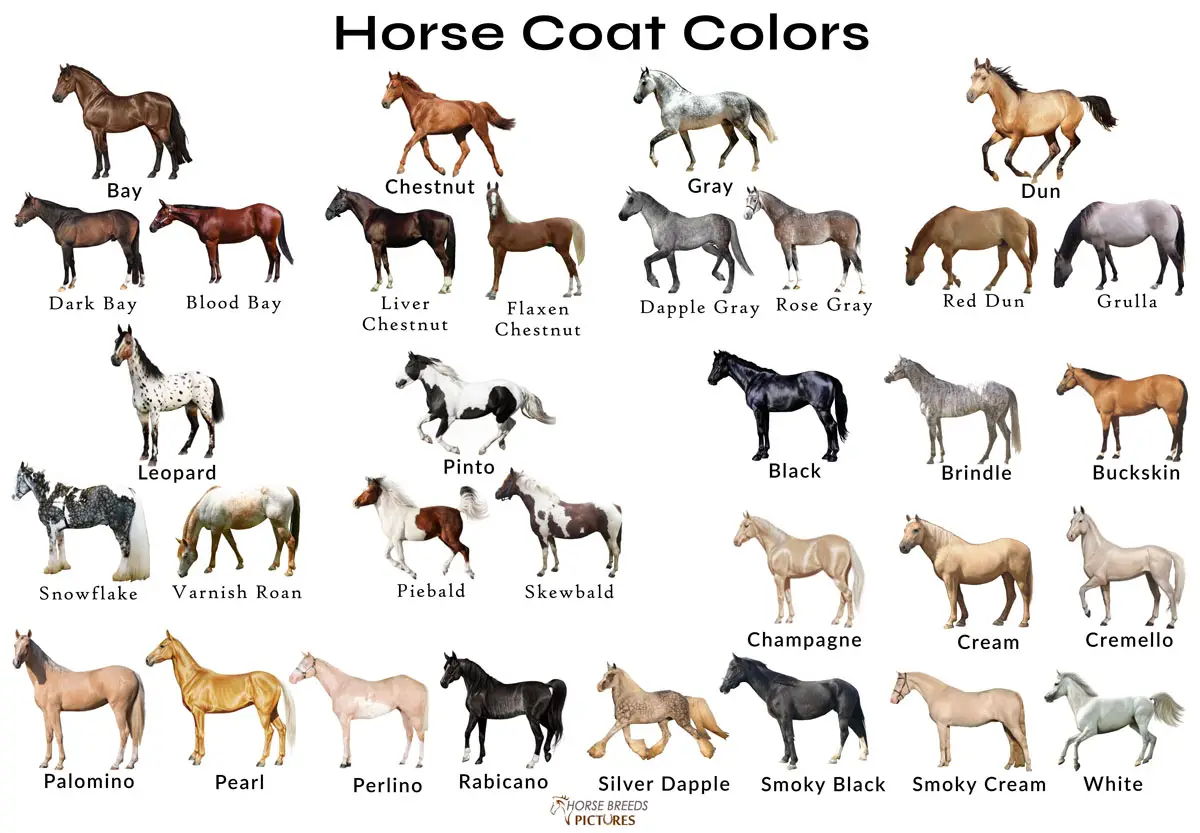
In the realm of equines, a group of substantial breeds stands out not just for their incredible dimensions but also for their harmonious blend of might and mildness. While the Shire and Clydesdale are often spotlighted for their impressive height, an array of other breeds similarly exhibit notable bulk and have richly contributed to human civilization. These breeds combine formidable physical attributes with temperaments that have rendered them indispensable in various sectors and traditions.
The Majestic Stature of Percherons
Percherons, originating from Perche in France, are recognized for their combination of muscle and elegance. Standing between 15 and 18 hands, these horses manifest a strong yet elegant bearing. Historically significant in various applications from warfare to agriculture, Percherons continue to serve in contemporary capacities, including show and forestry endeavors.
Belgian Draft Horses: Strength and Serenity
The Belgian Draft, emerging from the rich lands of Belgium, demonstrates the results of careful selective breeding aimed at enhancing both strength and stature. Typically reaching 16 to 17 hands, their imposing physique is matched by a serene disposition, making them versatile for tasks ranging from harness work to competitive showmanship.
Commending Other Significant Large Breeds
Beyond the often-mentioned Shire, Clydesdale, Percheron, and Belgian Draft, there exists a spectrum of other substantial breeds that have made their mark on the equine domain. The Dutch Draft, hailing from the Netherlands, is prized for its stalwart build and even-keeled nature. The Suffolk Punch stands out with its chestnut hue and robust build, a testament to Britain’s equestrian heritage. These breeds may not be as universally recognized, but they are no less influential in the roles they’ve played throughout history and in their spirit that resonates with horse aficionados.
Legacy and Versatility of Less-Famed Giants
- Dutch Draft: Known for its durability and pleasant demeanor, this breed emerged as a reliable workhorse after World War I.
- Suffolk Punch: Esteemed for its hardiness and productivity in agricultural labor, it boasts a lineage reaching back to the 16th century.
The grandeur and utility of these large equine breeds have been refined through generations, positioning them as both treasured allies to humankind and majestic companions. Their shared characteristics and individual histories have intertwined, forming a rich mosaic that celebrates the vastness and versatility of the horse world.
Understanding the Roles and Attributes of Draft Horses

Distinguished by their incredible musculature and immense power, draft horses are the quintessential workhorses that have been instrumental in shaping human progress. With sturdy legs and broad shoulders, their physique is a blend of natural evolution and selective breeding aimed at creating an animal capable of performing strenuous work with resilience and strength.
Enduring Presence from History to Modernity
Since medieval times, these powerful equines have been the backbone of societies, crucial in the development of early civilizations through their contributions to construction and agriculture. Today, they continue to be valued in various sectors, excelling in events that test their strength, and in traditional industries where a softer touch is preferred.
- Strength Competitions: Showcasing their might in events where they pull heavy weights under the guidance of skilled handlers.
- Low-Impact Forestry: Employed in sensitive logging operations to reduce environmental damage.
- Cultural Experiences: Providing visitors with immersive experiences of historical farming at agritourism venues.
Adaptability and Physical Characteristics
Their substantial hooves and resilient coats are direct responses to the demands of their work environment, offering stability and protection. These traits, coupled with their placid nature, have made them reliable companions in various settings, including public demonstrations where they showcase the harmonious interaction between horses and humans.
- Hoof Stability: Large hooves that facilitate their work in diverse terrains.
- Coat Protection: Dense fur that shields them from unfavorable weather conditions during outdoor labor.
Sustainable Practices and Draft Horse Utilization
As the world embraces sustainable living, draft horses have carved out a niche where their gentle strength is a viable alternative to modern machinery. They play a role in preserving soil quality on organic farms and offer an eco-friendly solution for timber harvesting, highlighting their adaptability to contemporary environmental needs.
| Activity | Eco-Friendly Benefits |
|---|---|
| Organic Agriculture | Enhances soil health and promotes a lower carbon footprint |
| Sustainable Forestry | Minimizes damage to ecosystems and allows for selective logging |
| Equine Therapy | Aids in emotional and physical rehabilitation through human-animal bonding |
In therapeutic settings, their tranquil nature supports individuals with various conditions, reinforcing the multifaceted role of draft horses in contemporary society and their lasting significance.
Future-Proofing Draft Horse Lineages
Conscientious breeding practices are pivotal in safeguarding the genetic legacy of these powerful equines. Enthusiasts and professionals alike contribute to the conservation of their distinct traits, acknowledging both their historic importance and their ongoing contributions to society. These efforts ensure the vitality and distinctiveness of draft horse breeds for generations to come.
- Conservation Breeding: Commitment to preserving heritage breeds such as the Suffolk Punch and Belgian Draft.
- Health and Viability: Focused breeding endeavors that prioritize genetic vigor, ensuring the continued robustness of these equines.
Giant Equines: A Modern Marvel

Exploring the realm of equine giants reveals a fascinating intersection of natural genetics and dedicated stewardship. These towering horses are not just measurements on a scale; they represent a longstanding human fascination with the extraordinary and the profound relationships developed between humans and these majestic creatures. As we venture into the narratives of the tallest equines, we embrace both their historical significance and their awe-inspiring presence in the contemporary world.
Notable Equine Titans of the Past and Present
Examining the history of equine giants provides a glimpse into a lineage of horses whose substantial sizes have made them subjects of legend and lore. The legacy of these giants is marked by storied individuals like the Shire known as Mammoth, who was recorded at an astounding 219cm. Similar tales of grandeur are found among other significant breeds, such as Belgian Drafts and Percherons, which have also made their mark with their notable stature.
Renowned Giants from History to Today
- Mammoth: A record-holding Shire horse celebrated for its size.
- Belgian Drafts and Percherons: Breeds that have historically rivaled the tallest, combining strength with height.
Contemporary Equine Celebrities
Currently, new record-setting equines carry the torch of their illustrious predecessors. Their sizes earn them a place among the tallest horses, yet it is their amiable nature that endears them as gentle giants. Captivating not only for their dimensions but also for their docility, these equines are celebrated both in equestrian circles and by the public.
Titans of Today
- Big Jake: A gelding whose impressive stature has made recent news.
- Poe: A horse whose considerable height has piqued public interest.
Chronicling Equine Giants
The chronicling of these equine wonders goes beyond mere record-keeping; it’s a celebration of their unique contributions to the equine world. The titleholders of the “tallest” are not only remarkable for their size but are also ambassadors of equine potential and grace. Their stories captivate audiences, illustrating the enduring allure and magnificence of these equine giants.
Preserving Equine Legacies
- Guinness World Records: The globally recognized entity for remarkable achievements.
- Equine Associations: Bodies dedicated to validating and recording horse sizes.
- Journalistic Interest: The media’s role in sharing the stories of these impressive horses with the world.
Accurately cataloging the dimensions of these horses requires precise measurement and official confirmation to ensure the integrity of the records. These iconic equines serve as a testament to the diversity of the horse species and the incredible results that can be achieved through selective breeding and expert care. The tallest horses in the world stand as living icons, celebrating the grandeur and splendor that the natural world, augmented by human endeavor, can accomplish.
Exploring Size Variation Among Horse Breeds

Horse breeds exhibit a wide array of sizes tailored to their unique roles and specializations. While draft breeds are known for their impressive stature, other equine types such as Arabians, Quarter Horses, and Warmbloods have distinct builds suited for specific activities. Arabians, revered for their agility and endurance, along with Quarter Horses, excel in activities that require speed. In contrast, Warmbloods like Hanoverians and Dutch Warmbloods offer a moderate size combined with the dexterity needed for equestrian sports. This array of breed sizes demonstrates the specialization and diversity within the horse community.
Assessing Size Diversity Among Horse Families
Each horse breed’s size reflects its breeding history and intended use. From the swift Thoroughbreds of the racing world to the poised Hanoverians in the show ring, there is a significant variation in their physical measurements.
- Thoroughbreds, designed for racing, possess a slender frame and typically stand between 15 to 17 hands, their build facilitating exceptional speed.
- Hanoverians, which are often seen in dressage and jumping, present an elegant figure ranging from 15.3 to 17.2 hands.
Identifying Influences on Equine Size
A horse’s size is shaped by a combination of genetic and environmental factors. Genetics play a central role, but nutritional intake, healthcare quality, and training regimens also significantly influence a horse’s growth and stature.
| Aspect | Effect on Growth |
|---|---|
| Heredity | Size traits passed down from progenitors |
| Diet | Impact of nourishment on physical development |
| Medical Care | Health maintenance contributing to growth |
| Exercise | Activity levels influencing body composition |
Impact of Selective Breeding on Equine Dimensions
Conscious breeding efforts directly affect the physical traits of horse breeds, intentionally enhancing characteristics like size to fulfill specific roles or conform to breed standards.
- For demanding work roles, certain breeds have been developed to prioritize power and endurance.
- Some breeds, such as the Andalusian, are selectively bred for their visual appeal and regal bearing.
Understanding Growth Variations Among Horse Breeds
Breeds grow at different rates, with some, like draft breeds, taking longer to reach full maturity compared to lighter breeds, which tend to mature more rapidly.
| Breed Category | Average Growth Period |
|---|---|
| Draft | Up to 5 years |
| Racing | 3-4 years |
| Endurance | Approximately 5 years |
| Show | 3.5-4.5 years |
Environmental Effects on the Development of Horses
A horse’s growth can be influenced by the conditions of its upbringing, with climate, space for exercise, and stress levels playing roles in its physical development.
- Extreme weather conditions may impact growth rates and overall health.
- Sufficient space for movement is essential for healthy musculoskeletal growth.
Comprehending the factors that shape horse breed sizes enriches our understanding of each breed’s unique qualities. Such insights are invaluable for ensuring the appropriate care, management, and breeding of these magnificent animals, contributing to their well-being and longevity.
Deciphering the Genetic Mysteries of Equine Giants
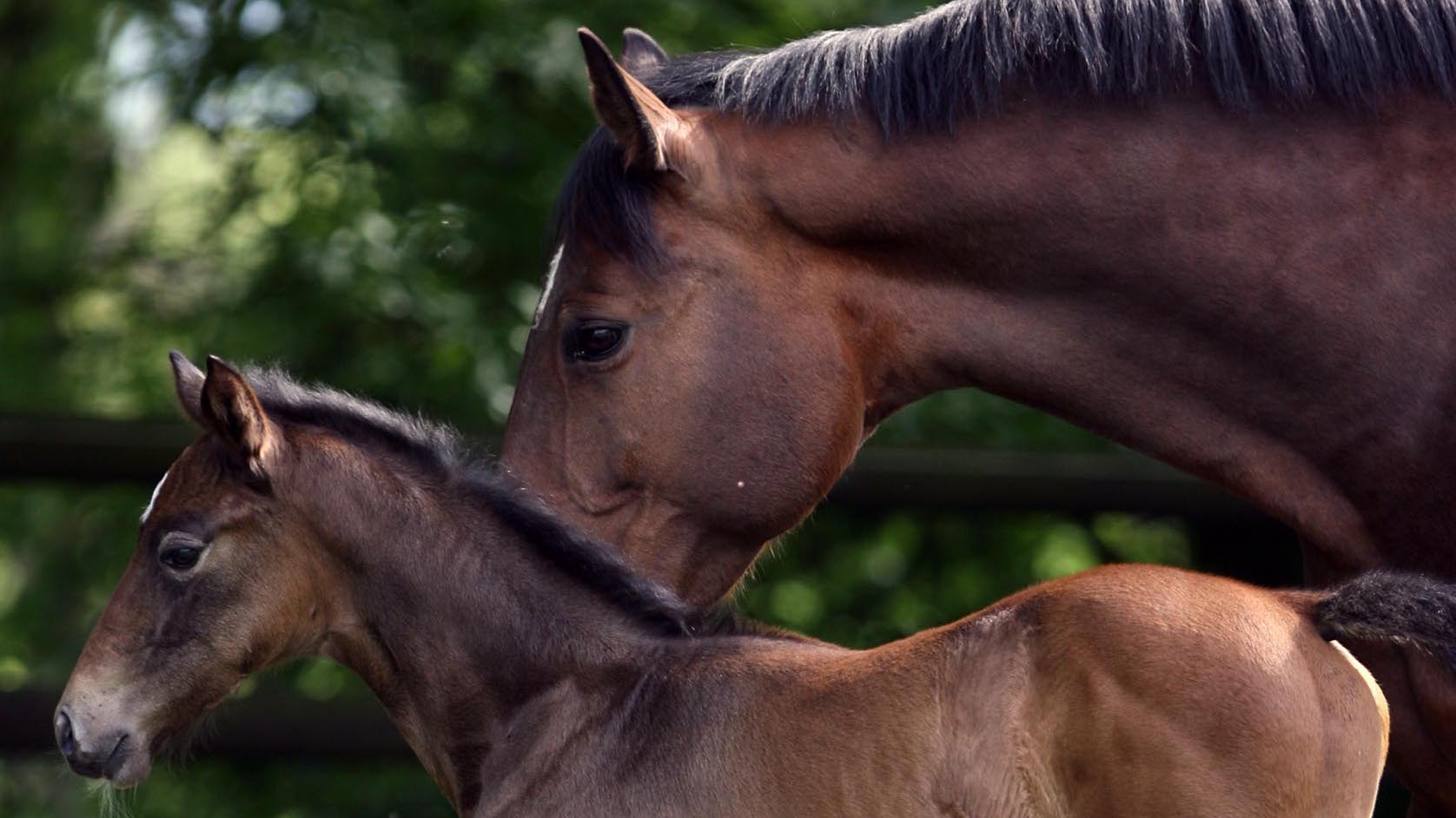
The genetic framework of horses is a complex matrix that influences a myriad of characteristics, including their impressive size. In breeds like the Shire, the largest among horses, specific genes govern their exceptional stature. These genetic elements guide the intricate growth process, yielding the Shire’s monumental height that has long captured the fascination of equine enthusiasts.
The Genetic Blueprint of Size in Horses
Key genetic markers play a critical role in the development of a horse’s skeletal structure and muscle mass, which contribute to its overall size. In the Shire, selective breeding programs have harnessed these markers to cultivate horses with extraordinary height and robust builds.
- Growth Hormone Pathways: Genes such as IGF1 and GH are pivotal in the growth process.
- Muscle Development: The MSTN gene, responsible for muscle growth regulation, also affects the horse’s physical dimensions.
The Delicate Balance of Breeding for Size
While selective breeding has successfully enhanced the size of horses like the Shire, it is important to consider the potential consequences. Breeding solely for size can inadvertently focus on genes that may predispose horses to health issues, underscoring the need for a responsible approach that values the animals’ well-being.
- Advantages: Enhancing specific traits to fulfill certain roles or meet aesthetic standards.
- Risks: The possibility of health problems due to a limited gene pool.
Patterns of Inheritance in Large Horse Breeds
Breeders must grasp the inheritance patterns of size-related genes to make informed decisions. These patterns influence the transfer of traits to offspring and guide the pursuit of breeding the next generation of these impressive animals.
| Trait | Inheritance Mechanism |
|---|---|
| Height | Controlled by several genes (polygenic) |
| Body Mass | Affected by both genetic and environmental factors |
Guiding Principles for Responsible Breeding
To preserve the health of large horse breeds while enhancing their size, breeders must employ responsible breeding methods. These methods include genetic assessments, strategic pairing of sires and dams, and fostering genetic variety within the breed.
- Screening for Health: Genetic testing to identify and reduce the risk of inherited disorders.
- Optimized Pairing: Selecting breeding pairs to maintain a healthy balance between size and overall health.
Emerging Technologies and Size Enhancement in Horses
Emerging gene editing tools, such as CRISPR, could potentially reshape equine breeding by allowing for precise genetic alterations. The implications of such technologies are subject to ongoing ethical discussions, but they hold the promise of targeted genetic improvements for both health and size in horses like the Shire.
- Moral Considerations: Weighing the welfare of the animal against genetic interventions.
- Possible Advantages: Targeted genetic modifications could enhance both health and stature.
The ever-evolving landscape of equine genetics opens new pathways for enhancing the characteristics of horses. With the Shire as a model, the intersection of science and careful breeding practices continues to reveal the vast possibilities within the equine species.
Essential Care Strategies for Giant Equines

The needs of giant equines extend beyond the ordinary, requiring a specialized approach to their care. Their impressive size and weight necessitate a careful consideration of their diet, living conditions, and overall health monitoring. Devoted care for these gentle giants is both a responsibility and a privilege, demanding a deep comprehension of their unique physical attributes, potential health issues, and the environmental influences that can impact their well-being.
Nutrition Tailored for Majestic Statures
Ensuring the well-being of large equine breeds hinges on a diet that is meticulously crafted to fuel their substantial bodies and support their active lifestyles. Key dietary components include:
- Quality forage: Essential for maintaining optimal digestive function in draft horses.
- Energy-dense feeds: Specially formulated to fulfill the increased calorie needs of active large breeds.
- Targeted supplements: Designed to bolster skeletal health and provide comprehensive nutritional support.
Collaborating with specialists in equine nutrition guarantees that the dietary needs of these large equine breeds are met, promoting their growth and sustained energy levels.
Preventive Health Practices for Large Equines
Large equines face distinct health challenges that can be exacerbated by their size, making preventive care a cornerstone of their health regimen. A dedicated health management plan should address:
- Joint support: Implementing measures such as nutritional supplements and consistent exercise to manage the risk of joint ailments.
- Hoof care: Scheduling regular appointments with a farrier to maintain hoof health and avert potential mobility issues.
- Vigilance for stress indicators: Close observation by caregivers to identify and swiftly address any signs of discomfort or illness.
Adapting Environments for Vast Statures
Accommodating the expansive size of giant equines requires specific adaptations in their living quarters and daily management. Essential adaptations include:
- Expansive stalls: Providing a safe and comfortable space for rest and freedom of movement.
- Durable enclosures: Constructing enclosures that are both secure and capable of withstanding the strength of these large animals.
- Suitable tack and equipment: Ensuring that all gear is proportionate to the size of these breeds for their comfort and safety.
Regular training and groundwork contribute to the horses’ tractability and facilitate harmonious interactions with their human handlers.
Promoting Well-being Through Activity and Socialization
Maintaining the fitness and happiness of giant equines involves a blend of regular physical activity and mental engagement. A holistic exercise program should provide:
- Unrestricted movement: Time spent in open areas where the horses can move freely is essential for their health.
- Customized exercise routines: Developing a regimen that suits the individual needs and capabilities of each horse.
- Recovery time: Allocating periods of rest to prevent overexertion and support long-term musculoskeletal health.
Cognitive enrichment through diverse activities and companionship ensures these intelligent animals remain mentally stimulated and socially integrated.
Navigating the Intricacies of Breeding Giants
The process of breeding large equine breeds poses unique challenges, from potential reproductive issues to the management of the foals’ growth. Conscientious breeders should adhere to:
- Genetic health evaluations: Confirming that both parents are free of genetic disorders that could be passed on to their offspring.
- Supportive prenatal and postnatal care: Providing the pregnant mare with enhanced care and closely monitoring the foal’s early development.
By implementing these vital care practices, those responsible for the stewardship of giant equines can uphold their duty to nurture these noble creatures, ensuring their longevity and flourishing health.
If you’re intrigued by equine giants and want to learn more about the different types of large horse breeds, you might find our article on the largest breeds of horses quite enlightening. For those specifically interested in record-breaking heights, the piece on the world’s tallest horse will surely capture your attention. Additionally, if you’re curious about which breeds are favored by horse enthusiasts around the globe, don’t miss our article discussing the most popular horse breeds. Each article offers a unique perspective on these majestic creatures and their standing in the equine world.
Conclusion: The Majesty of the World’s Tallest Horses
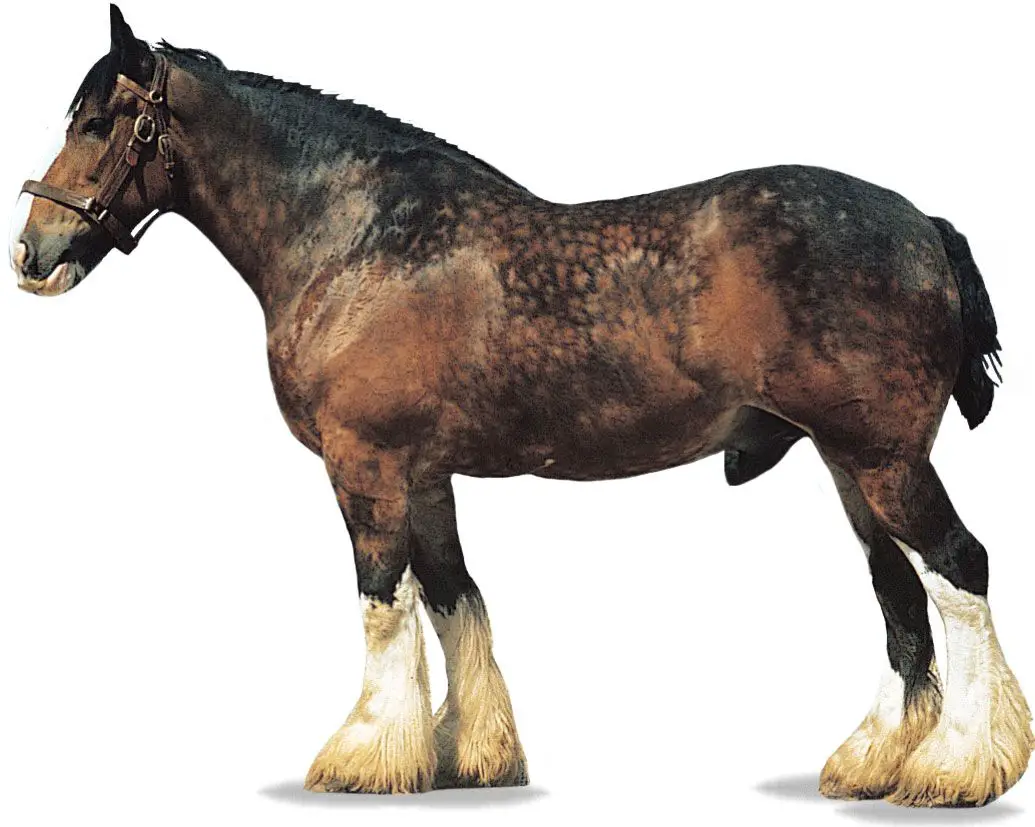
The grandeur of the world’s tallest horses is undeniable. Breeds like the Shire not only captivate us with their size but also with their serene disposition and historical significance. These equine giants remind us of the extraordinary diversity and beauty within the world of horses, offering us a glimpse into the powerful yet gentle side of nature’s magnificent creatures.



